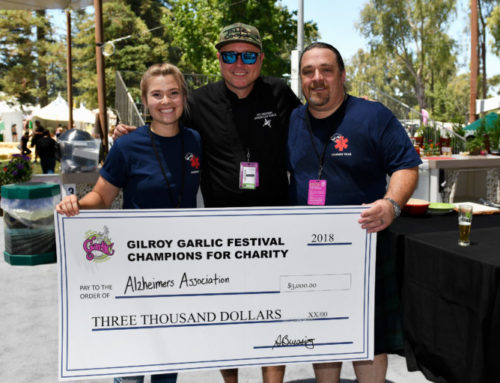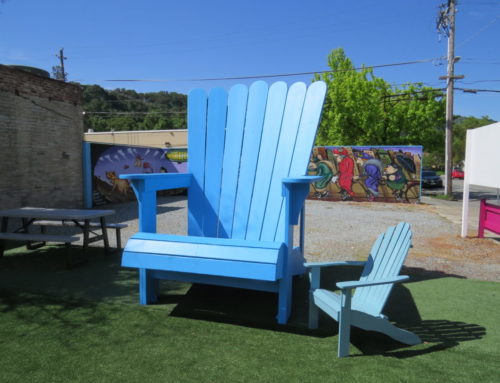Tribe wants Burnett school name change
Published in the June 26 issue of Morgan Hill Life
By Staff Report
The Amah Mutsun, a tribal band of Native Americans who made their home in the South Valley region long before Spanish missionaries arrived to disrupt their culture, is the focus of the Morgan Hill Historical Society’s latest museum exhibit, which opened June 9.
More than 50 people attended the opening and listened to tribal historian Ed Ketchum tell animal creation stories illustrating the Amah Mutsun’s belief in human connection with the natural world. Tribal chairman Valentin Lopez then related to guests the often sorrowful history of the tribe from the mission period to the present day.
“Our elders a number of years ago said that whenever we tell our story in public, we need to tell the truth,” Lopez said. “And some of those truths are harsh, but it’s important to tell them.”
Lopez described how California natives feared the Spanish soldiers and missionaries for their brutal treatment and for placing them into involuntary servitude at the missions. one especially tragic incident started with Spanish soldiers in the early 1800s rounding up 200 women and children in the San Joaquin Valley with the intention of bringing them to Mission San Juan Bautista.
When the captured Indians reached a spot now known as the Oristimba Narrows in the Diablo Mountain Range, they refused to violate protocol by stepping on the territory of their enemy. They sat down and cried. No matter how much the Spanish beat and whipped them, the group refused to continue the journey.
“After a number of days, the commander said, ‘Kill them all and spread their remains,’” Lopez said. “They took their sabers and they wacked women, children, babies and they spread their remains all over the mountains. And those remains are still on the surface today – the jawbones and teeth still spread around.”
The Morgan Hill History Museum’s new exhibit tells the story of the Amah Mutsun people to help local residents learn lessons from the past. For many decades, tribal members have been reluctant to share their story, Lopez said.
“At first there was a big issue of trust and that’s still there,” he said. “It’s hard for us to trust people and go out there and feel safe telling our story. It is a real discomfort level here. But we realize that we have to take some risks to get our story out.”
One story he hopes the exhibit will help address relates how Peter Burnett, California’s first state governor, set in motion state-sanctioned action in the early 1850s allowing militia members to hunt and “exterminate” Indians in California.
Many tribes, including the Amah Mutsun, hid their true cultural heritage and pretended to be Mexicans to survive during this hostile period.
Morgan Hill’s Burnett Elementary School — opened on Oct. 10, 1855, according to the Morgan Hill Historical Society — is named after the infamous governor. Lopez announced during the museum exhibit opening event that he and other Amah Mutsun would meet with local school board members and Interim Superintendent Steve Betando to petition the school district to change the name of the school to one less offensive to Indians.
“Burnett was the one responsible for signing the executive order to exterminate all Indians,” Lopez said. “That is equivalent to Hitler. Why would they name a school after Hitler? Why would the school district allow it? And yet they allowed it to happen here. We feel that it was because we weren’t saying anything and they didn’t know it. Now that they know the background of Peter Burnett and what he did, our full expectation is that they have a responsibility to change the name. And if they don’t, then we hope the community will stand by us and make this change.”






